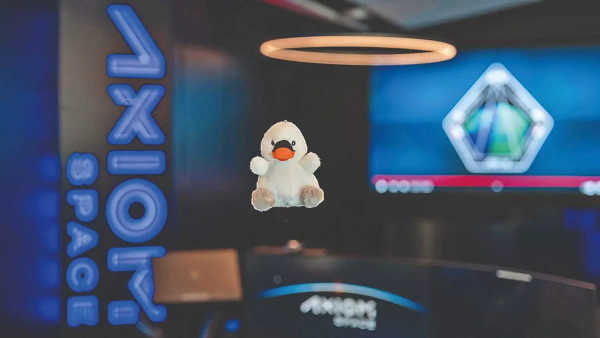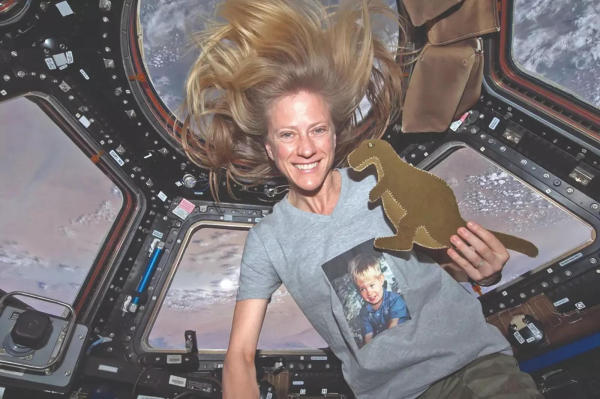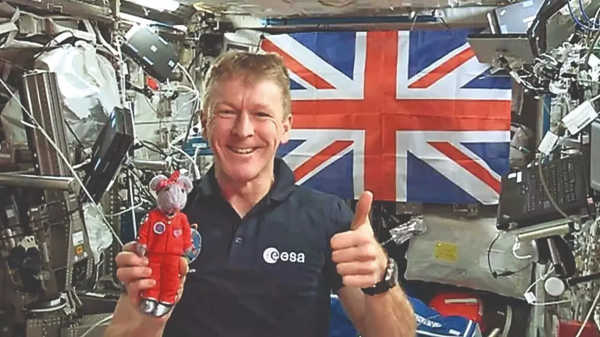How toys have quietly become part of space history
A soft white swan named Joy is all set to join the upcoming Axiom-4 mission , floating her way into orbit alongside a crew of astronauts. Chosen by Indian astronaut Shubhanshu Shukla’s six-year-old son, Joy will serve as the mission’s zero-gravity indicator—a whimsical but meaningful tradition in space travel that began decades ago. Joy joins a long line of toys that have become silent companions in space history.
What Joy stands for
Joy, the baby swan aboard Axiom-4, isn’t just a zero-G indicator—it’s a symbol of cultural unity. Chosen to mark the transition into microgravity, Joy also reflects the joint spirit of ISRO, ESA, and Hungary’s Hunor programme. In India, the swan is revered as the vahana of Goddess Saraswati, symbolising wisdom and purity. In Poland, it stands for loyalty and resilience. In Hungary, it embodies grace and the beauty of nature. Through Joy, the Ax-4 crew quietly celebrates the cultural threads that connect their mission across borders.

The first space toys The tradition started in 1961 when Yuri Gagarin brought a small doll on his historic flight. In 1985, NASA’s STS-51D mission flew 11 toys to demonstrate microgravity’s effects—showing how objects like Slinkys and yo-yos behave differently in orbit. These experiments became powerful tools to teach space physics.
Pop culture icons take flight Buzz Lightyear’s 2008 mission aboard the ISS helped NASA’s STEM outreach by bringing a beloved toy to space. Since then, characters like Olaf ( Frozen), Red ( Angry Birds), and Grogu (Baby Yoda) have flown to inspire young fans and make space more relatable.

Handmade and family-selected keepsakes Not all toys come from franchises. In 2013, astronaut Karen Nyberg sewed a tiny dinosaur aboard the ISS for her son. Many toys are picked by astronauts’ children, like Tremor, a glittery dinosaur flown on Crew Dragon, or the CBeebies star Miss Mouse from , carried by Tim Peake.

Why toys travel to space They serve scientific, emotional, and cultural roles. After missions, many toys find homes in museums or with families.
Zero-G indicators: Show when weightlessness begins. . Examples include Earthy, a plush blue planet on a SpaceX test flight, and Tremor, who delighted kids watching Crew Dragon’s launch
Physics demonstrators: NASA’s toy experiments teach microgravity physics.
Emotional anchors: Provide comfort and connection, often chosen by astronauts’ kids.
Cultural ambassadors: Characters inspire wonder and science curiosity.
Read more









